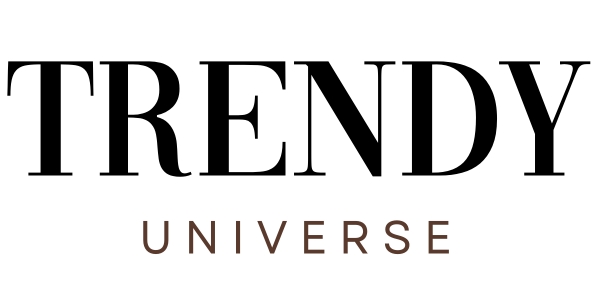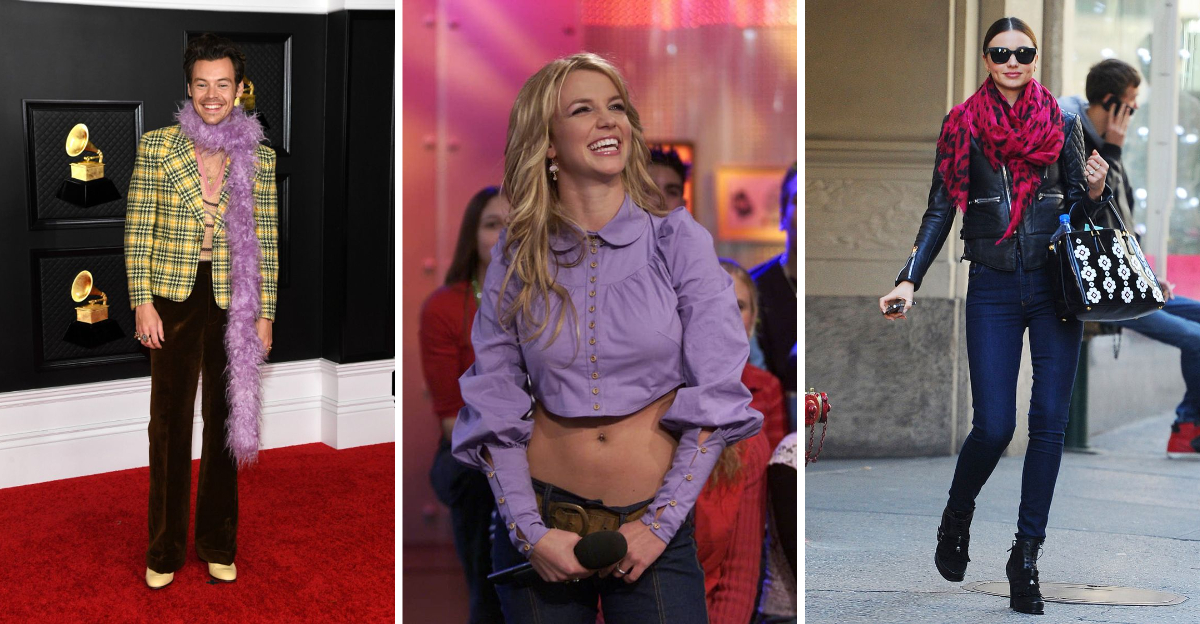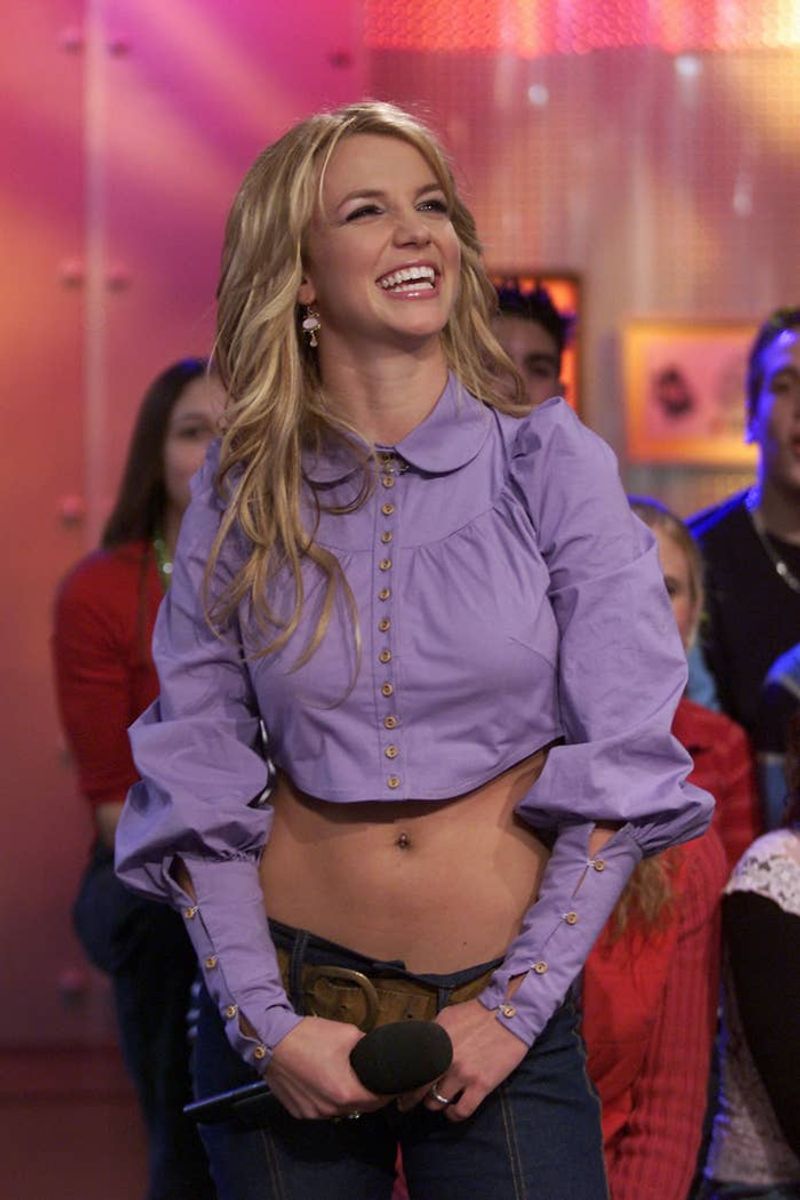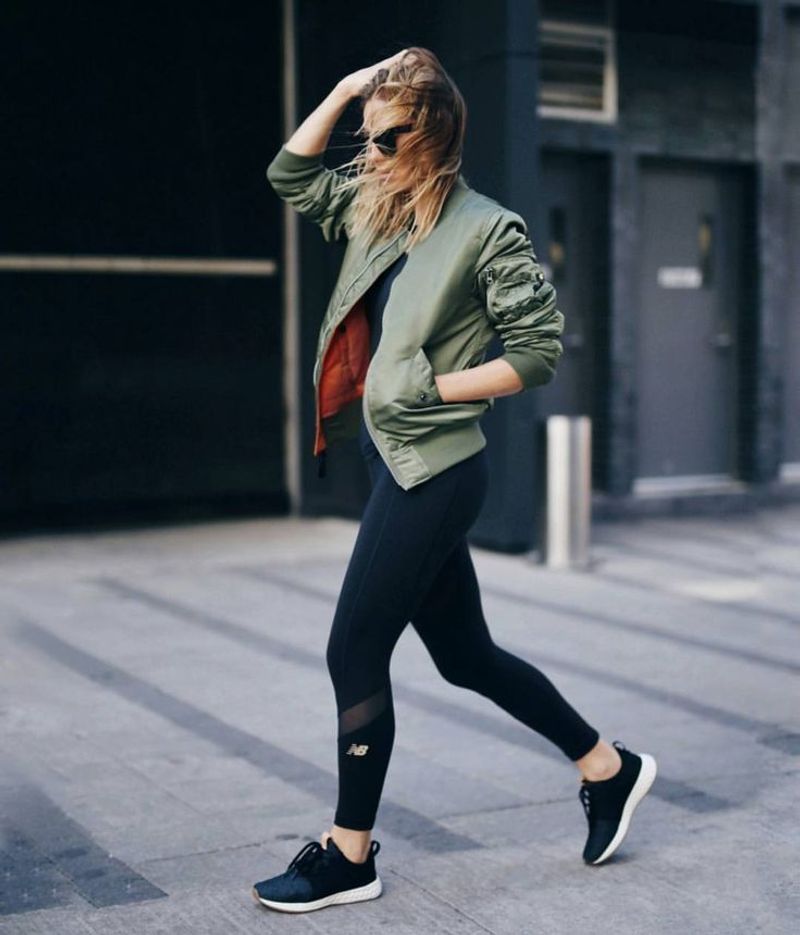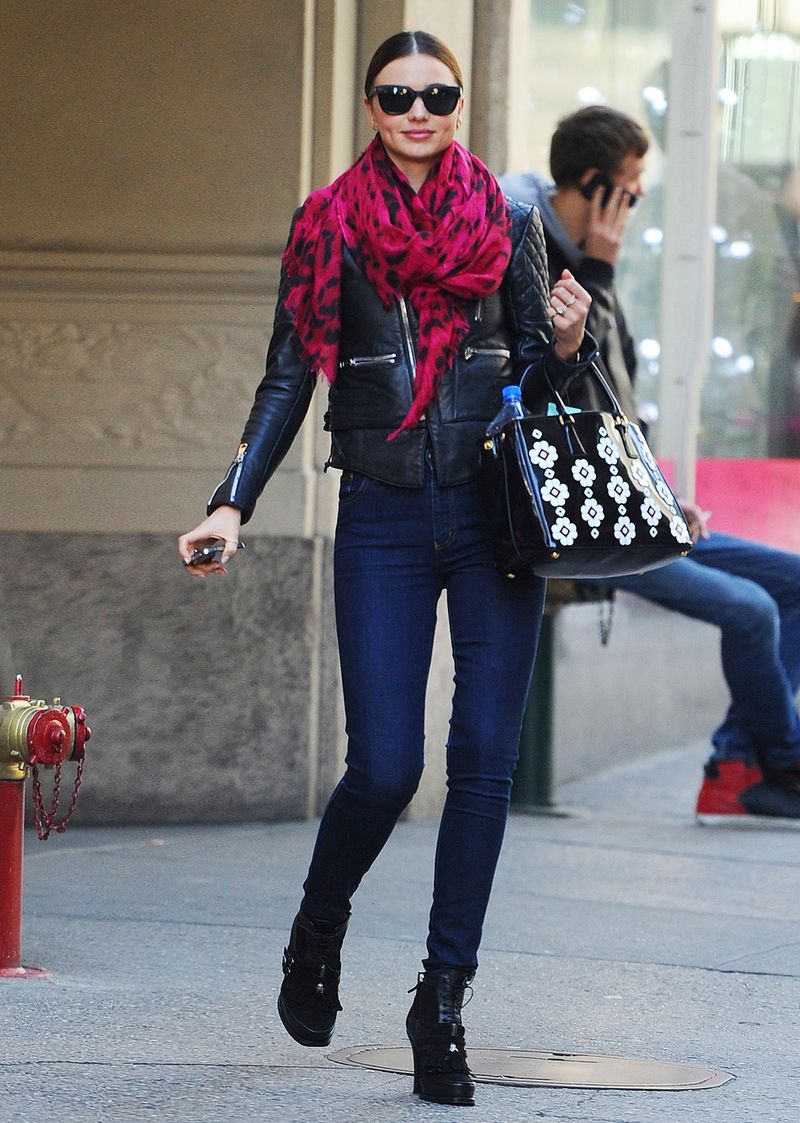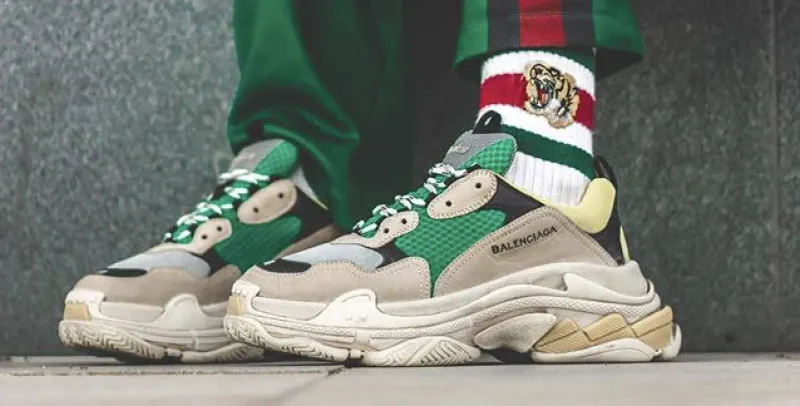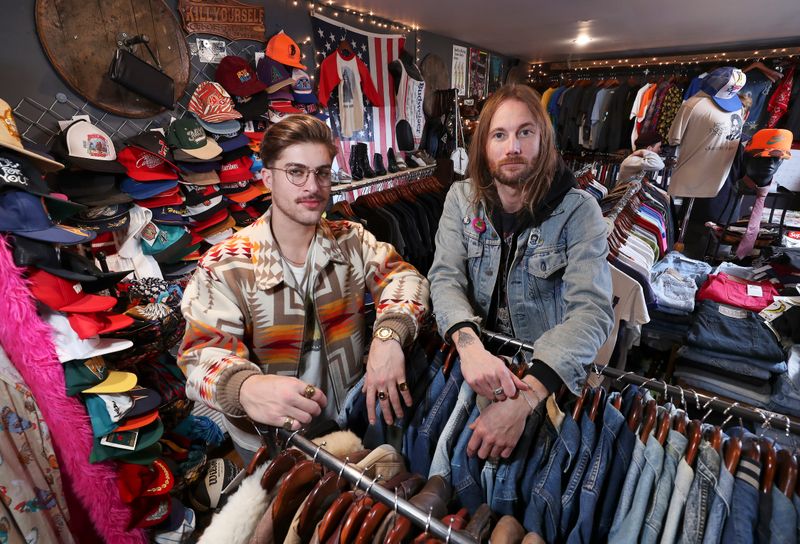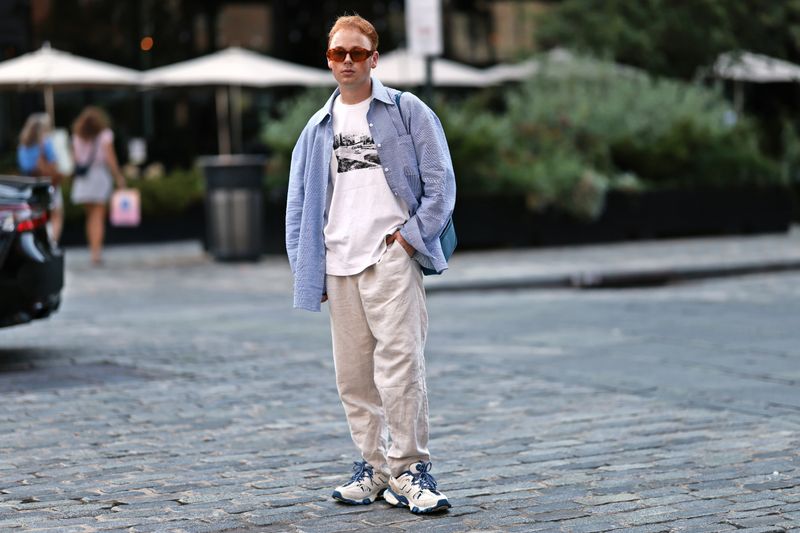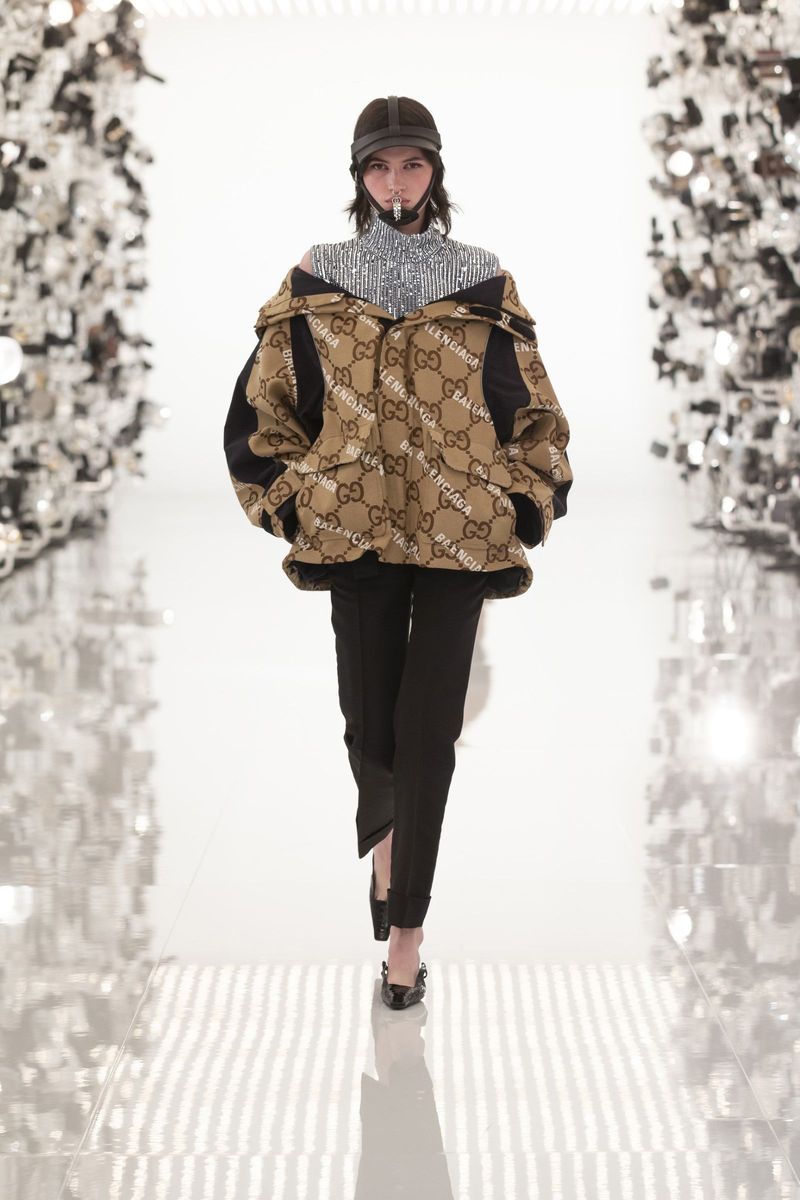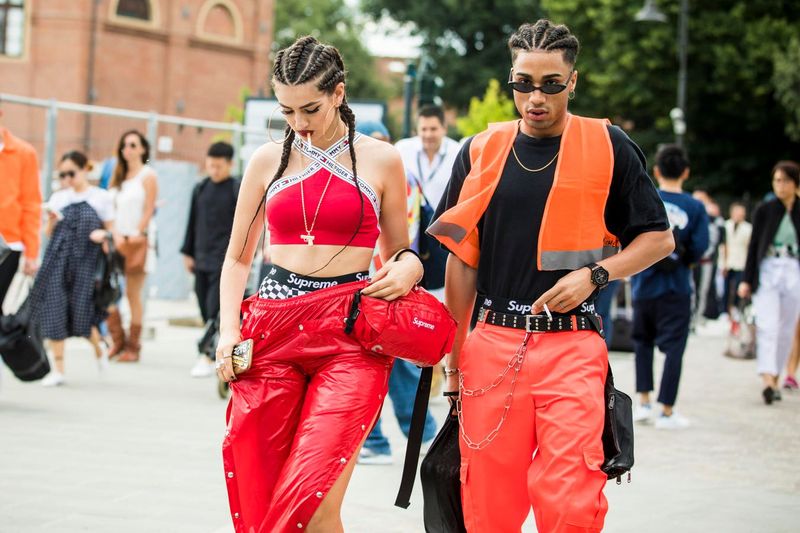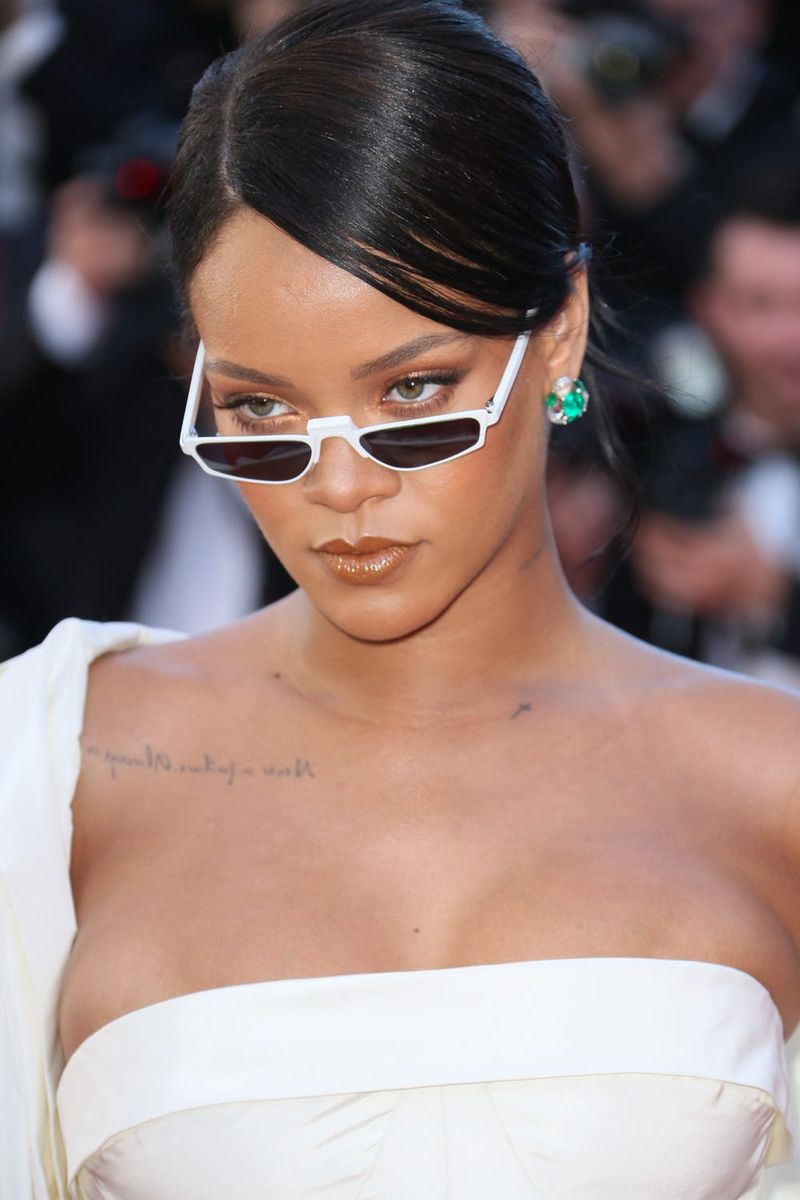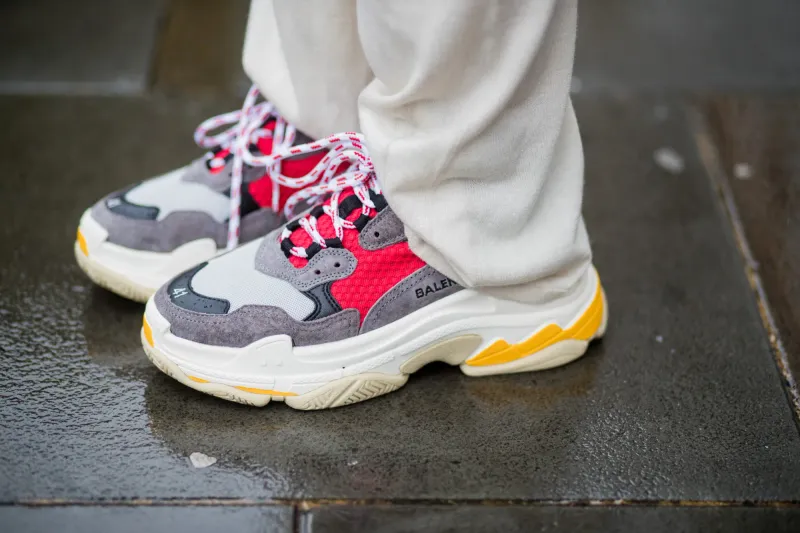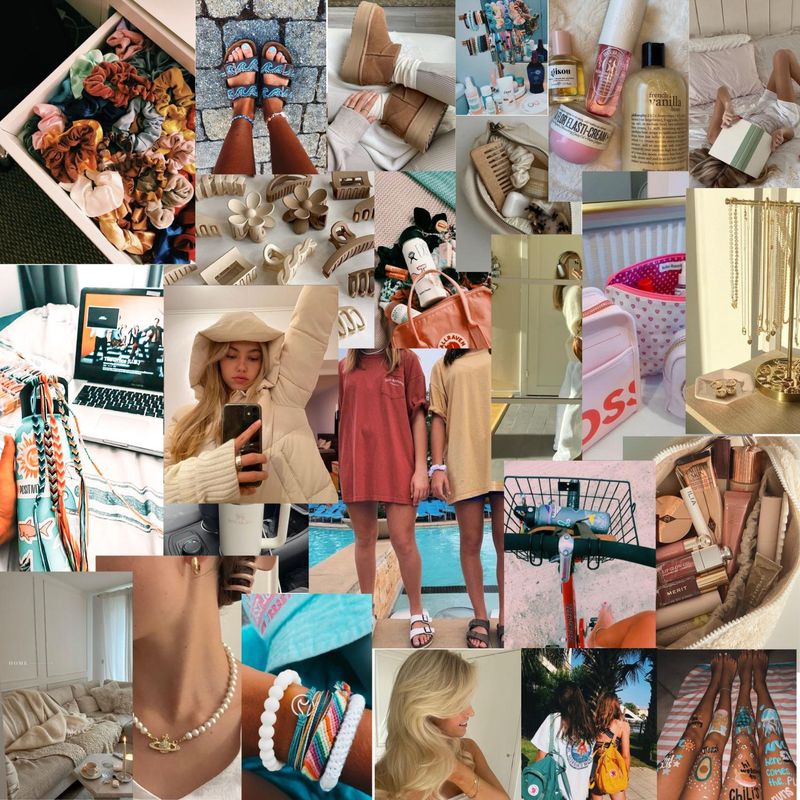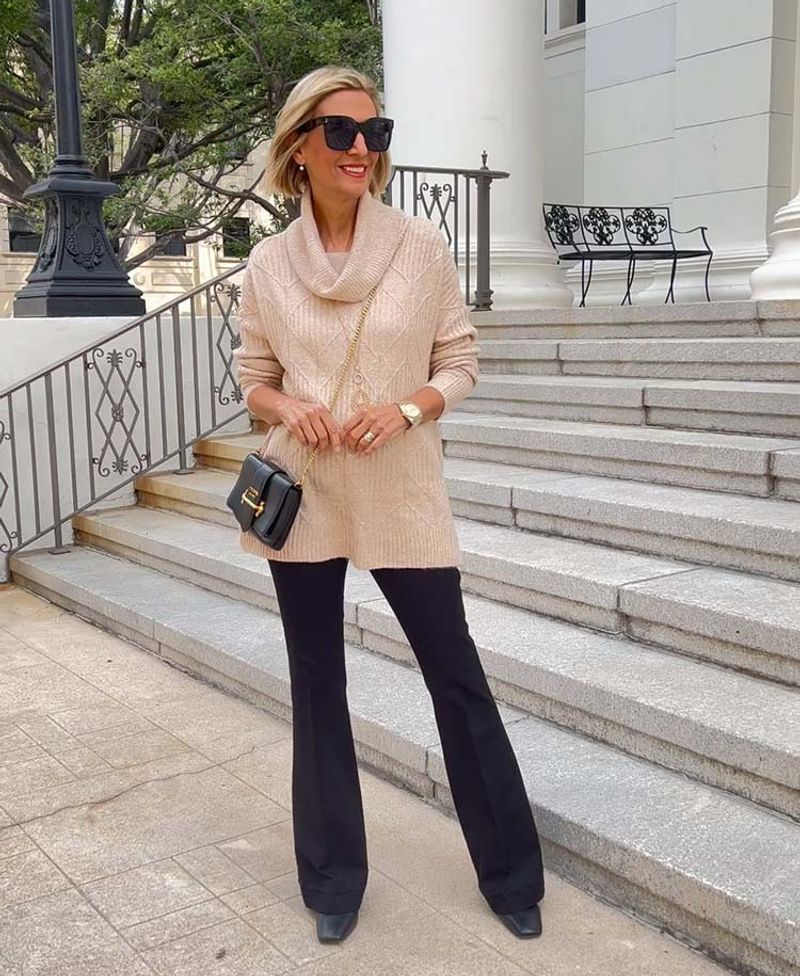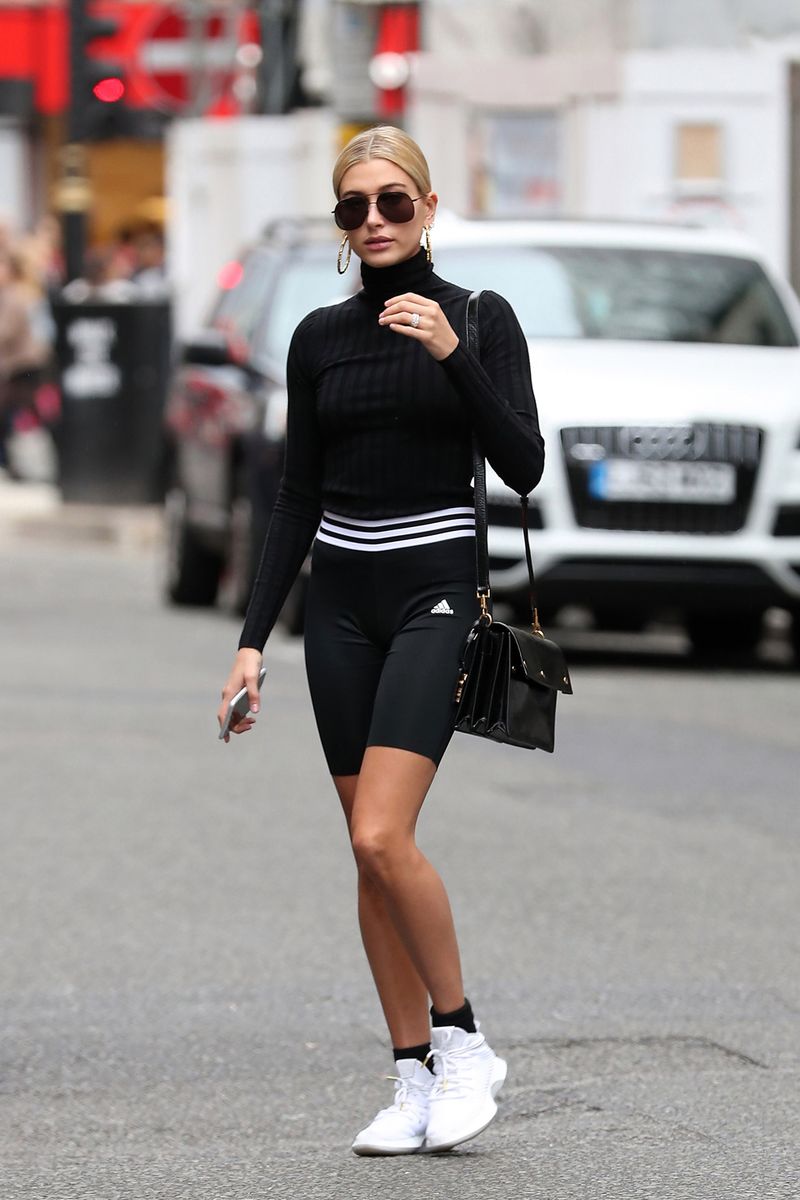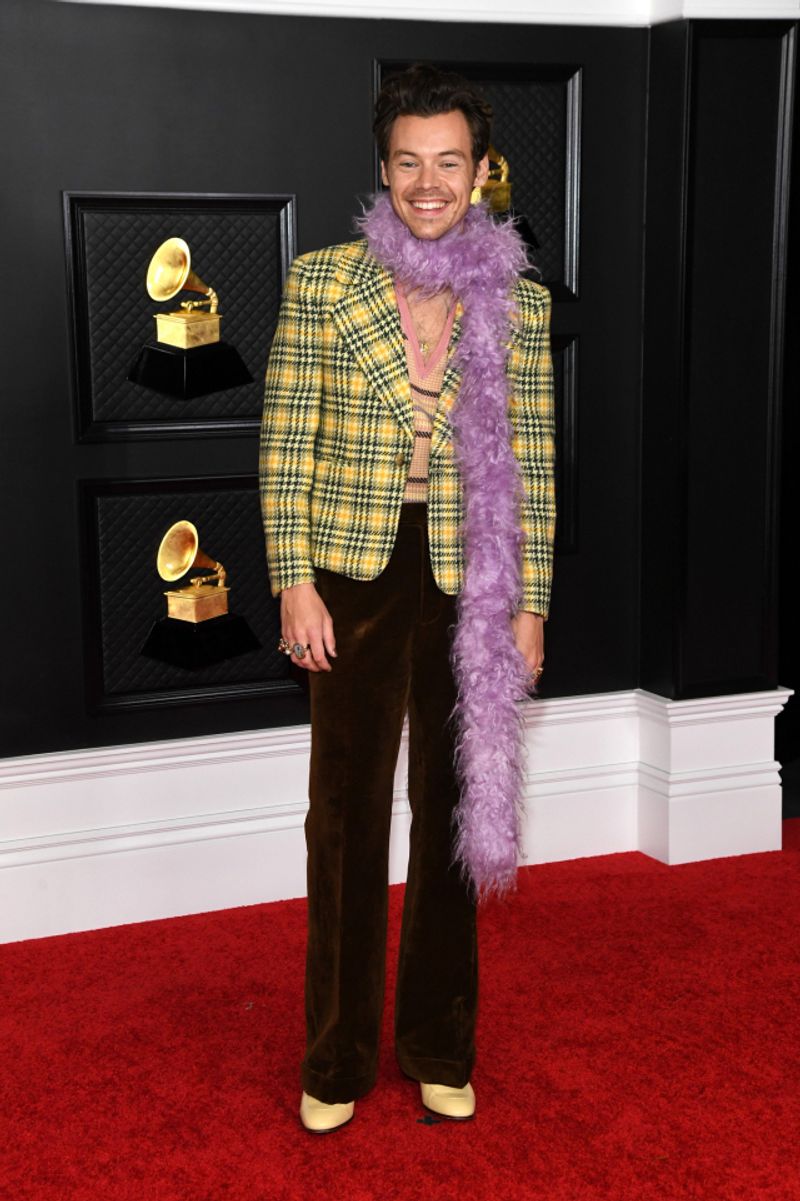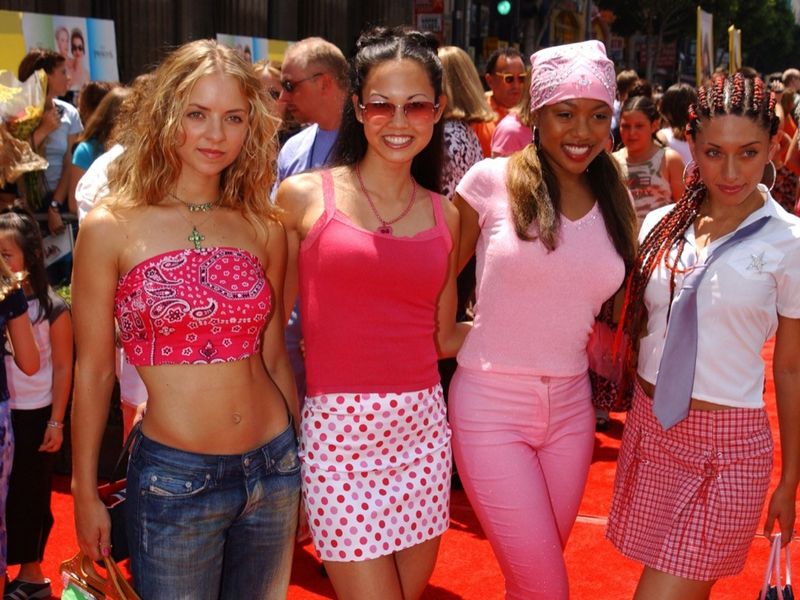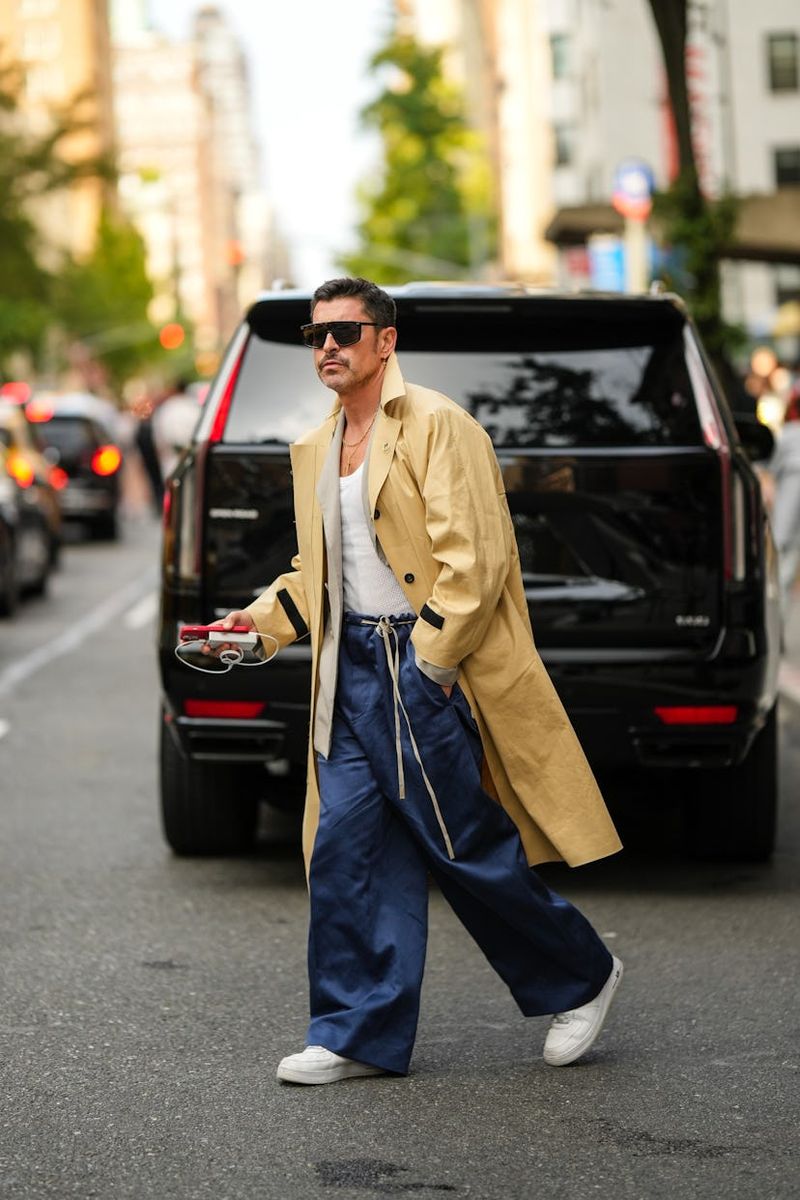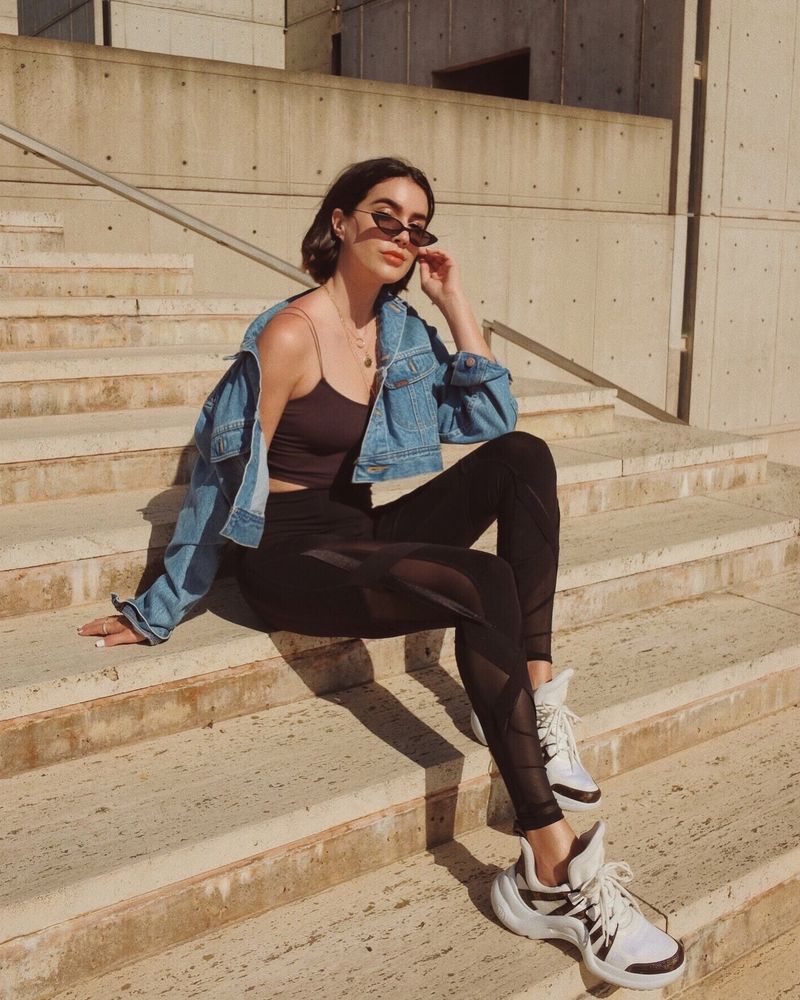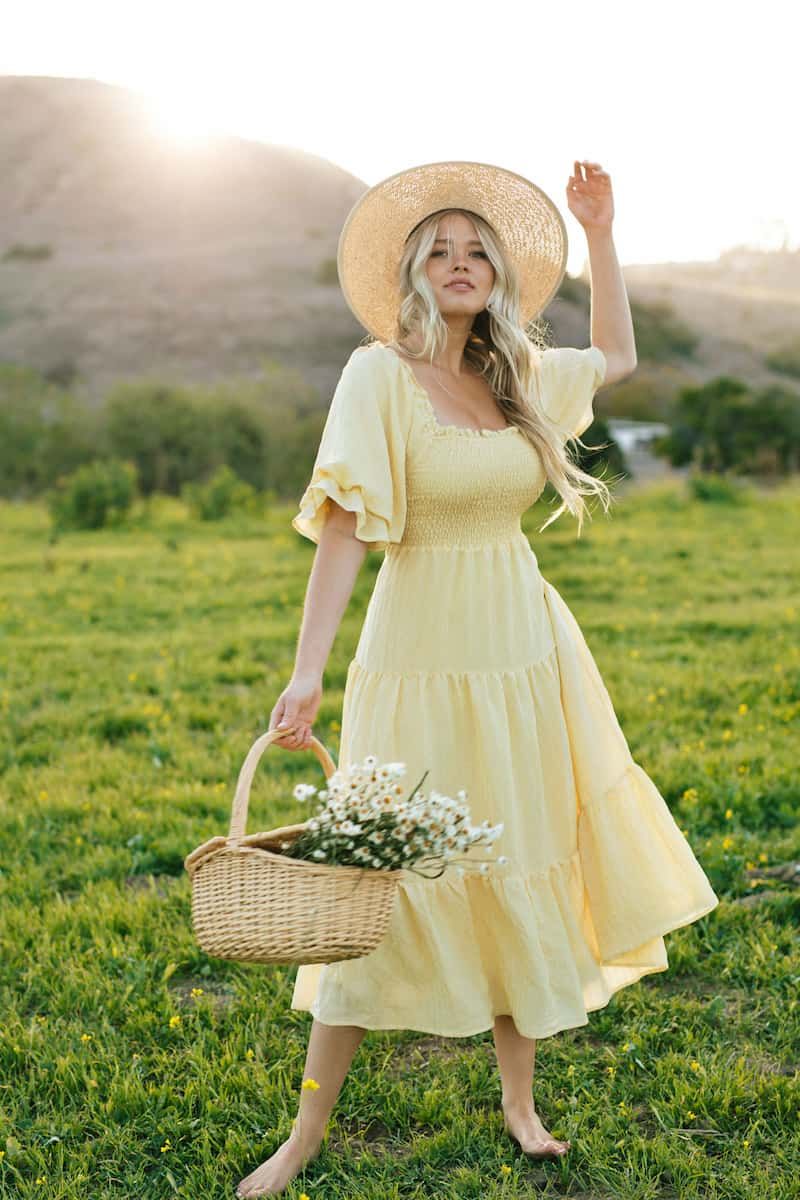Fashion constantly evolves, bringing fresh styles that capture our hearts and closets. Over the past two decades, we’ve witnessed incredible transformations on runways and streets alike. From Y2K sparkles to sustainable fashion, these iconic trends have shaped how we express ourselves through clothing.
1. Low-Rise Jeans
The early 2000s welcomed hip-hugging denim that barely covered essentials. Popularized by pop stars like Britney Spears and Christina Aguilera, these controversial pants often paired with visible thongs and cropped tops.
Despite comfort concerns, they defined Y2K fashion boldly.
2. Athleisure
Workout clothes escaped the gym around 2010, creating a revolution where comfort meets style. Suddenly, leggings, hoodies, and sneakers became acceptable everywhere—from coffee shops to casual workplaces.
This practical trend blurred lines between athletic and everyday wear permanently.
3. Skinny Jeans
Squeezing into these form-fitting pants became a daily ritual for millions throughout the 2010s. The skin-tight silhouette revolutionized denim, replacing baggy styles almost overnight.
Versatile enough for any occasion, they paired perfectly with everything from T-shirts to blazers.
4. Statement Sneakers
Footwear transformed from practical necessity to conversation-starting art pieces. Chunky soles, neon colors, and limited-edition collaborations turned ordinary athletic shoes into coveted collector’s items.
From Yeezys to chunky Balenciagas, sneaker culture permanently elevated casual footwear to luxury status.
5. Fast Fashion
Stores like Zara and H&M revolutionized clothing consumption with runway-inspired styles at bargain prices. New merchandise arrived weekly, not seasonally, creating constant wardrobe turnover.
While democratizing fashion, this trend sparked conversations about sustainability and ethical manufacturing that continue today.
6. Vintage Revival
What’s old became perpetually new again as fashion cycles accelerated dramatically. Each decade got its moment—from 70s flares to 90s slip dresses and Y2K butterfly clips.
Thrift shopping transformed from necessity to hobby, with vintage finds earning major style points for sustainability and uniqueness.
7. Normcore
Embracing deliberately ordinary clothes became fashion’s ultimate rebellion around 2014. Plain jeans, unremarkable sneakers, and basic tees signaled rejection of flashy logos and trends.
This anti-fashion statement paradoxically became its own powerful trend, championing comfort and accessibility over status symbols.
8. Logomania
Brand emblems exploded across clothing in the late 2010s, with designer logos plastered prominently on everything. Gucci, Supreme, and Louis Vuitton led this maximalist celebration of conspicuous consumption.
The bigger and bolder the logo, the more desirable the piece became.
9. Sustainable Fashion
Environmental awareness transformed how we shop, with eco-friendly materials and ethical production becoming selling points. Brands like Reformation and Everlane built entire identities around transparency and reduced environmental impact.
Consumers increasingly demand information about where and how their clothes are made.
10. Streetwear
Urban casual wear ascended from subculture to high fashion’s main stage. Hoodies, graphic tees, and limited-edition drops became status symbols worth lining up for.
Brands like Supreme and Off-White blurred boundaries between luxury and street culture, forever changing fashion’s hierarchy.
11. Tiny Sunglasses
Microscopic frames that barely covered eyes dominated faces from 2017-2019. These Matrix-inspired accessories prioritized style over sun protection, with celebrities like Bella Hadid championing the slender silhouettes.
Though functionally questionable, they perfectly captured fashion’s cyclical nature by reviving 90s minimalism.
12. Chunky Dad Sneakers
Deliberately ugly, oversized sneakers became fashion’s favorite footwear paradox. Balenciaga’s Triple S led the charge, transforming orthopedic-looking shoes into must-have items with hefty price tags.
The clunkier the sole, the more fashionable the wearer appeared during this rebellious trend.
13. Instagram Aesthetics
Social media platforms revolutionized how trends spread, with Instagram creating entirely new fashion categories. VSCO girls, cottagecore, and clean girl aesthetics weren’t just styles but entire visual identities.
Outfits became optimized for likes rather than real-world practicality, changing fashion’s fundamental purpose.
14. Minimalism
Marie Kondo’s influence extended beyond homes into closets, promoting capsule wardrobes with fewer, better pieces. Clean lines, neutral colors, and quality basics defined this anti-excess movement.
Brands like COS and Uniqlo thrived by offering timeless designs that transcended seasonal trends.
15. Bike Shorts
Athletic compression shorts escaped spin class to become everyday fashion statements. Kim Kardashian and Princess Diana (decades earlier) both championed this unlikely trend that paired spandex with oversized blazers and sweatshirts.
Comfortable yet controversial, they challenged conventional ideas about appropriate public attire.
16. Gender-Fluid Fashion
Traditional clothing divisions began dissolving as designers embraced non-binary expression. Harry Styles wearing dresses and Billie Eilish in oversized silhouettes helped normalize clothing without gender restrictions.
Retailers increasingly offer unisex collections, reflecting society’s evolving understanding of gender identity.
17. Y2K Revival
Millennials watched in amazement as Gen Z enthusiastically adopted the styles they once wore as teens. Low-rise jeans, baby tees, butterfly clips, and platform sandals returned with nostalgic vengeance.
This full-circle moment proved fashion’s 20-year cycle theory while introducing new generations to rhinestone-studded excess.
18. Oversized Everything
Baggy silhouettes replaced form-fitting styles as comfort became fashion’s new priority. Billowing shirts, wide-leg pants, and enormous sweaters created dramatic proportions that dominated runways and streets alike.
This rebellion against restrictive clothing reflected broader cultural shifts toward body acceptance and personal comfort.
19. Activewear as Fashion
Technical fabrics designed for performance became everyday wardrobe staples. Yoga pants, moisture-wicking tops, and running shoes transcended their athletic origins to become acceptable everywhere.
This fusion of function and fashion prioritized comfort without sacrificing style, permanently changing dress code expectations.
20. Cottagecore
Romantic rural aesthetics bloomed during pandemic lockdowns, celebrating idyllic countryside fantasy. Floral dresses, puff sleeves, and straw hats offered escapism during uncertain times.
This trend reflected collective yearning for simplicity and connection to nature when modern life felt especially chaotic.
